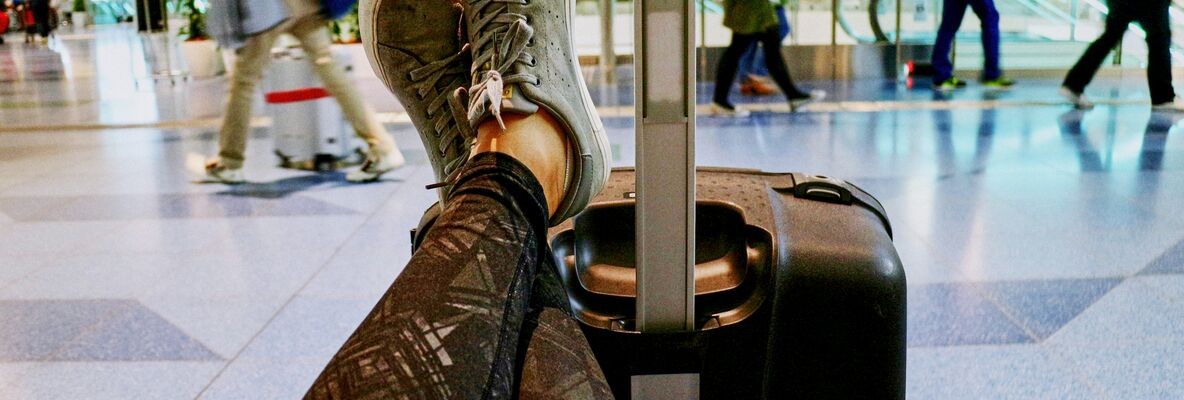We use cookies to enhance your experience. Basic cookies are essential for the proper working of this website. For example, they save your language preferences. They also help us gather anonymous information about the use of our site. More information in our Cookie Policy.
Well, that’s not entirely true. The new ten euro banknote circulates since September 23 2014. It is the second banknote to change its looks since the introduction of the euro banknotes in 2002. And it seems that the five euro and ten euro notes were only the first ones to change – the European Central Bank (ECB) has a program of several years to upgrade all banknotes in ascending order.
It’s not only about looks or fashion
The design of the new banknotes includes recent developments in banknote technology to make them more resistant to counterfeiting, thus reducing the risk of fraud for all of us. And like the new five euro banknotes they are better for the environment: they have a protecting coating that makes them more durable, thus having to be replaced less often. This is especially important with banknotes of smaller value, like the five and ten euro banknotes, as they are widely and intensively used; and more durable banknotes means their reproduction will cost less overall.
The new banknotes offer an opportunity to review the design of the old ones, so it is a little bit about fashion: the ECB wants to show a modern and innovative symbol that reflects the commitment and determination to support the European Union. So like the new five euro banknote, the ten euro includes a portrait of Europa, the Greek mythological figure that gave the name to our country, in the hologram and the watermark.
You can still check manually and visually the new ten euro banknote. Other than the hologram and watermark, the emerald number changes colour from emerald green to deep blue when tilted.
Can I still use my old banknotes?
Sure. The change doesn’t happen overnight. As from September both new and old banknote co-exist until such time as the ECB announces the end of the old banknote. It’s been a year since the new five euro banknote was introduced and we can still buy goods and services with it. And even after the banknote is no longer valid in shops, you can exchange them for new banknotes at any of the European central banks, including the Banque Centrale de Luxembourg.
-
Student employees’ rights and obligations

As a student, you might want to make some extra money and gain some paid work experience. Very good idea, but do you know your rights and obligations as a student employee?
-
What formalities to follow at your arrival in Luxembourg

If you have just arrived in Luxembourg or if you intend to come into the country in the near future, one of your first steps will be the opening of a bank account. But which bank to choose?
-
What is the best way to save money when planning a holiday?

Deciding how to spend a well-deserved summer holiday can be exciting. Should you go back to a favourite location, or try something new? But there can be tricky trade-offs, such as whether to decide early and book ahead or wait as long as possible in the hope of finding a better deal.